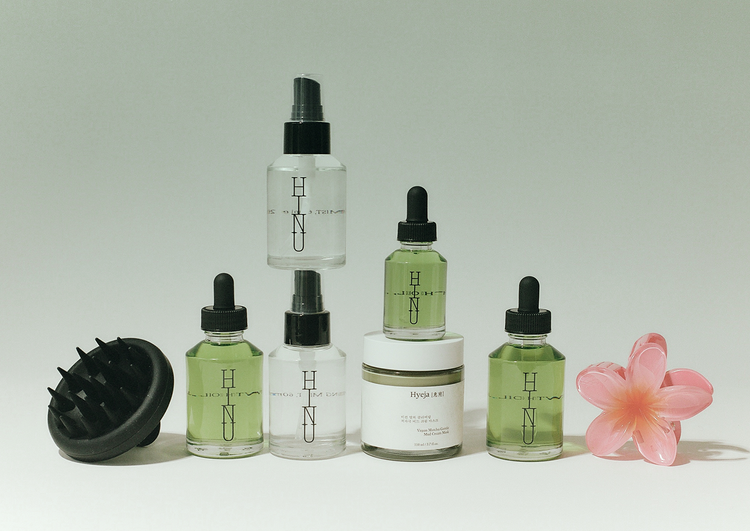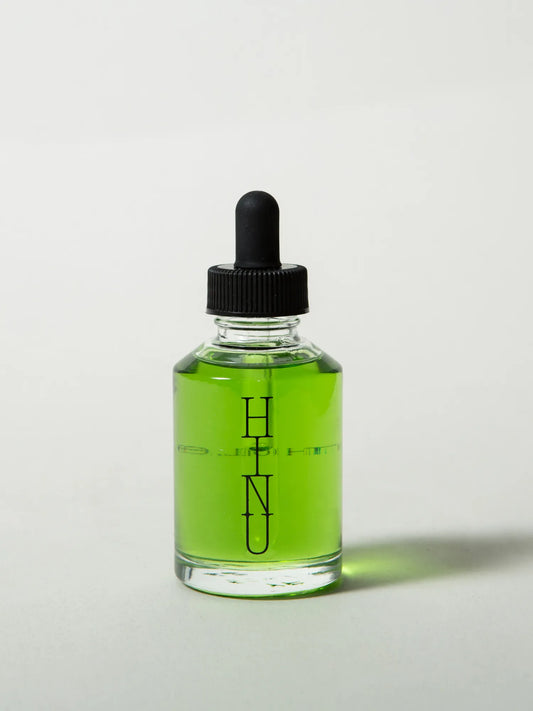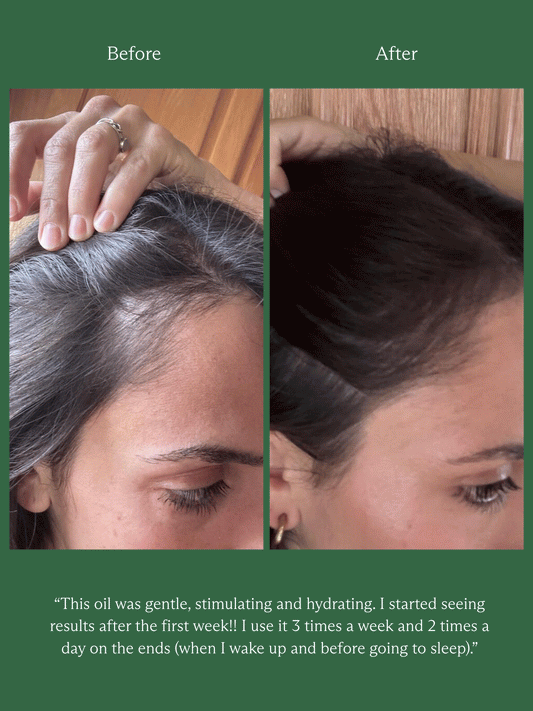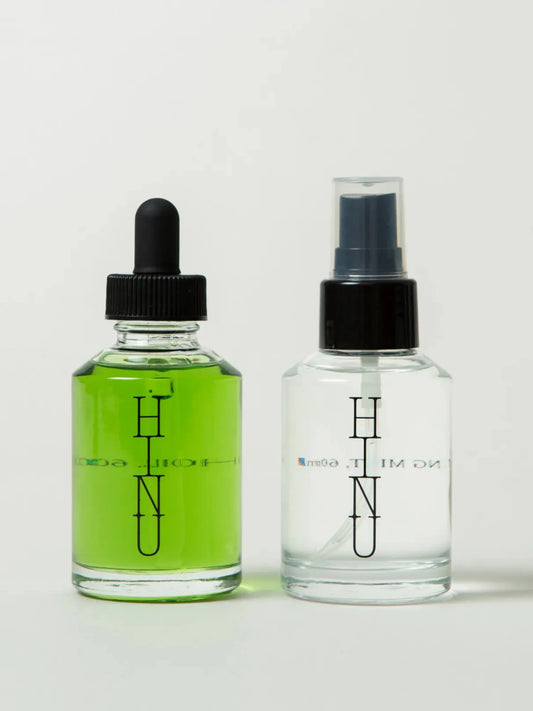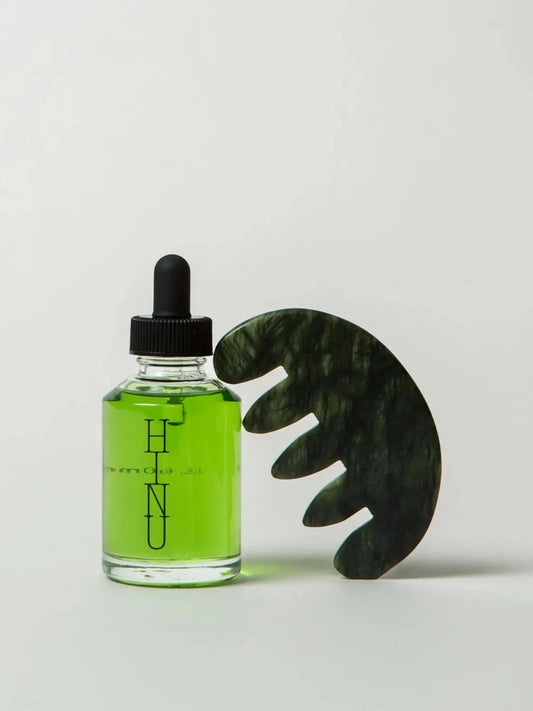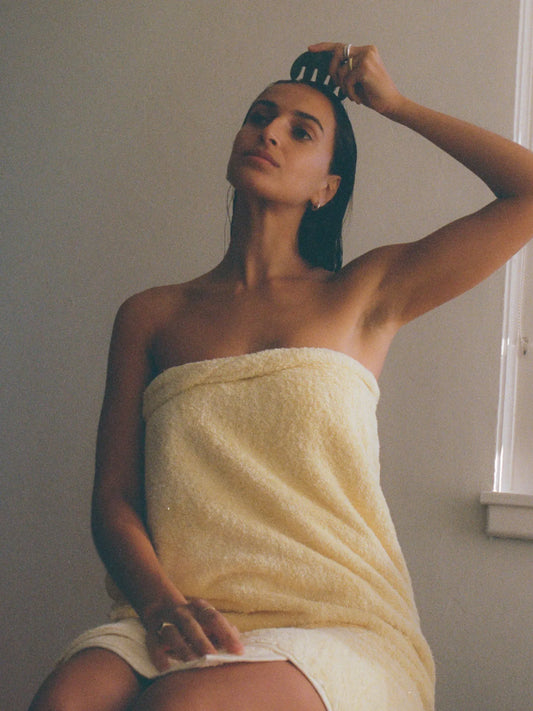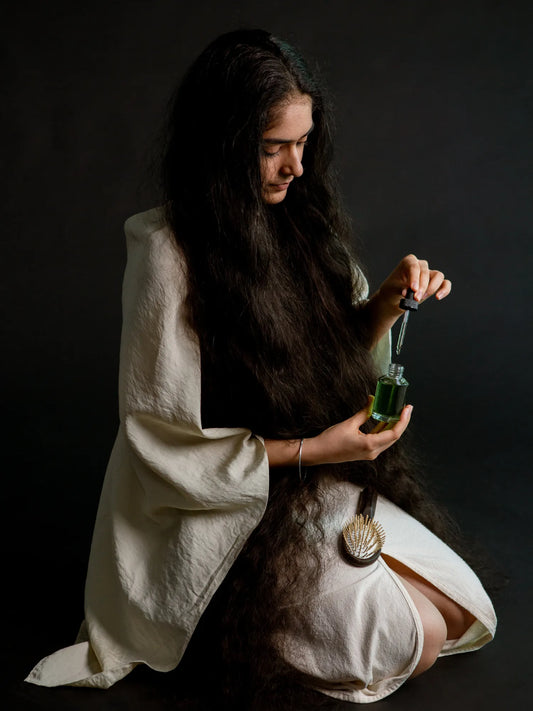
The first thing to understand is that there are different types of hair washing, each with its own effects on your hair. There's washing without any products, which simply rinses away small amounts of dirt and debris. Then there's washing with a small amount of shampoo, which cleanses your hair more thoroughly. Finally, there's washing with shampoo and other products, like conditioners and hair oils - the full shebang. For the rest of this blog we’re going to assume we’re talking about washing with a healthy dose of shampoo and a follow on conditioner.
|
Type of Hair |
Positives |
Negatives |
|
Washing without any products |
Gentle on hair and scalp |
Less effective in removing dirt and oils |
|
Minimises exposure to chemicals |
May not provide thorough cleansing |
|
|
Preserves natural oils |
Odours may remain |
|
|
Washing with a small amount of shampoo |
More effective in removing dirt and oil |
May still strip some natural oils |
|
Provides a moderate level of cleansing |
Possible exposure to chemicals |
|
|
Allows for better control of oiliness |
||
|
Washing with shampoo and conditioner and other products |
Thorough cleansing of hair and scalp |
Strips away more natural oils |
|
Targeted treatment with conditioners, masks and oils |
Higher exposure to chemicals |
|
|
Addresses specific hair needs and concerns |
Greater potential for product buildup |
Understanding Shampoo and Conditioner
To understand the positives and negatives, let’s explore a little about what shampoo does. Most shampoos are a combination of what are technically known as surfactants, they foam, working to remove oils from your hair and scalp, allowing dirt to be washed away. This process is good in that it ensures that your hair gets really clean but can also have negative consequences due to the stripping of your hair's natural oils.
This is where conditioners and hair oils come in. Conditioners help restore moisture to your hair and scalp after shampooing, while hair oils can provide additional targeted nourishment and protection. Again, it's important to find the right products for your hair and scalp type, as using the wrong ones can lead to irritation and dryness.
The importance of Sebum and Scalp Health
Before we move on to how often to wash your hair, we have to talk a little bit about the S-word. Yes, Sebum, the natural oil produced by our sebaceous glands, plays a critical role in maintaining the health of our hair and scalp. It acts as a protective barrier, shielding the scalp from external aggressors like pollutants, bacteria, and harsh weather conditions, while also helping lock in moisture, preventing hair from becoming overly dry and brittle. A well-nourished and balanced scalp, rich in sebum, fosters healthy hair growth and minimises issues like dandruff, itchiness, and hair loss. However, an imbalance in sebum production, whether too much or too little, can lead to a myriad of scalp-related issues, such as oily hair and clogged follicles or dry, flaky, and irritated scalp.
Shampoos and conditioners can both positively and negatively impact sebum levels and overall scalp health. While shampoos are designed to cleanse the hair and scalp by removing dirt, oil, and product buildup, overuse or harsh formulations can strip away too much sebum, leaving the scalp dry and vulnerable. Conditioners can help to replenish the moisture lost during shampooing, but excessive or improper use can result in product buildup or an overly oily scalp.
Finding the right balance
To maintain a healthy balance of sebum, scalp, and hair, it's crucial to consider four aspects of shampoo and conditioner use: product quality, dosage, frequency, and fit (I.e. the suitability for your hair and scalp type). By carefully adjusting these variables you can fine tune a personalised hair care regime that works for you.
Embracing trial and error: Finding your dose and frequency
Before we begin this section it's worth reiterating that finding the perfect balance for your hair and scalp will likely require some trial and error. It's normal for your hair's needs to change over time or as a result of factors such as weather, stress, or hormonal shifts.So without further ado, let's get into it.
I recommend starting by determining the ideal shampoo dosage, start with a small amount and observe its cleansing effect on your hair. Pay attention to how long it takes for oil to build up again in your hair and scalp, and adjust the amount gradually, using more or less shampoo depending on your hair's needs. You might also consider using sulphate-free or gentle shampoos for a milder cleansing experience.
Once you have a dosage, or even while trialling, begin paying attention to the frequency of shampooing. Begin with a baseline frequency, such as every other day or twice a week. I recommend starting with a longer window and letting the oil build-up in your hair tell you if you need to increase it. Monitor how your hair and scalp respond to the chosen frequency, and increase or decrease the frequency based on factors like hair type, oiliness, and lifestyle.
Experiment with the frequency of conditioner use, adjusting based on your hair's moisture needs. Apply conditioner primarily to the mid-lengths and ends of your hair, avoiding the roots. The reason for this is that the roots and scalp typically have a higher concentration of natural oils (sebum), which help keep them moisturised. Adding conditioner to the roots may cause excess oiliness or product buildup, potentially leading to a greasy appearance or even clogged hair follicles. By focusing on the mid-lengths and ends, you'll be targeting the areas that often suffer from dryness and damage due to factors such as heat styling, environmental exposure, or chemical treatments. Remember, the goal is to strike a balance between hydration and avoiding over-conditioning, which can leave hair looking limp and lifeless.
By being attentive to the dosage and frequency of shampoo and conditioner use, you can tailor your hair care routine to your individual needs. Again, keep in mind that this may take some time. Celebrate the fact that you are paying attention to your hair health and enjoy the journey.
Finding the right fit
When it comes to fit, I realise that choosing the right shampoo and conditioner for your hair and scalp type can be a daunting task, but there are a few tips that can help simplify the process. First, it's important to identify your hair type, whether it's straight, wavy, curly, or coily, as this will help you narrow down the types of products that will work best for you. You should also consider your scalp type and whether you have any specific scalp concerns, such as dryness or dandruff. Look for shampoos and conditioners that address these concerns and contain key ingredients that benefit your hair type. For example, if you have fine hair, look for lightweight formulas that won't weigh your hair down. If you have curly hair, look for products with ingredients like shea butter or coconut oil that can help keep your curls defined and frizz-free. Reading reviews from others with similar hair types can also be helpful in finding products that work well for you. Finally, don't be afraid to experiment and try different formulas until you find the ones that suit your needs.
Heating and drying considerations
Finally, the secondary effects of washing and drying your hair can’t be overlooked. The impact of hot water on your hair, as well as the effects of towel drying and blow drying, all play a role in your hair's overall condition. To minimise the negative consequences of these processes, try using lukewarm water instead of hot water, gently patting your hair dry with a towel instead of rubbing it, and using a heat protectant spray when blow drying. These small adjustments can make a big difference in maintaining the health and appearance of your hair.
Asking the right questions
In the end, asking "How often should I wash my hair?" is a valid and important question, but the answer may not be as simple as we'd like it to be. It requires us to tune in to our body's signals and trust our own judgement. We must also acknowledge the impact of external factors such as climate, lifestyle, and hair care products on our hair and scalp health. It's only by experimenting with different dosages, frequencies, and products that we can find the right balance for our unique hair and scalp needs. So let's approach our hair care routines with patience, curiosity, and a willingness to learn - and let our hair reflect the beautiful, complex individuals we are.
Image by Cristina Gareau
